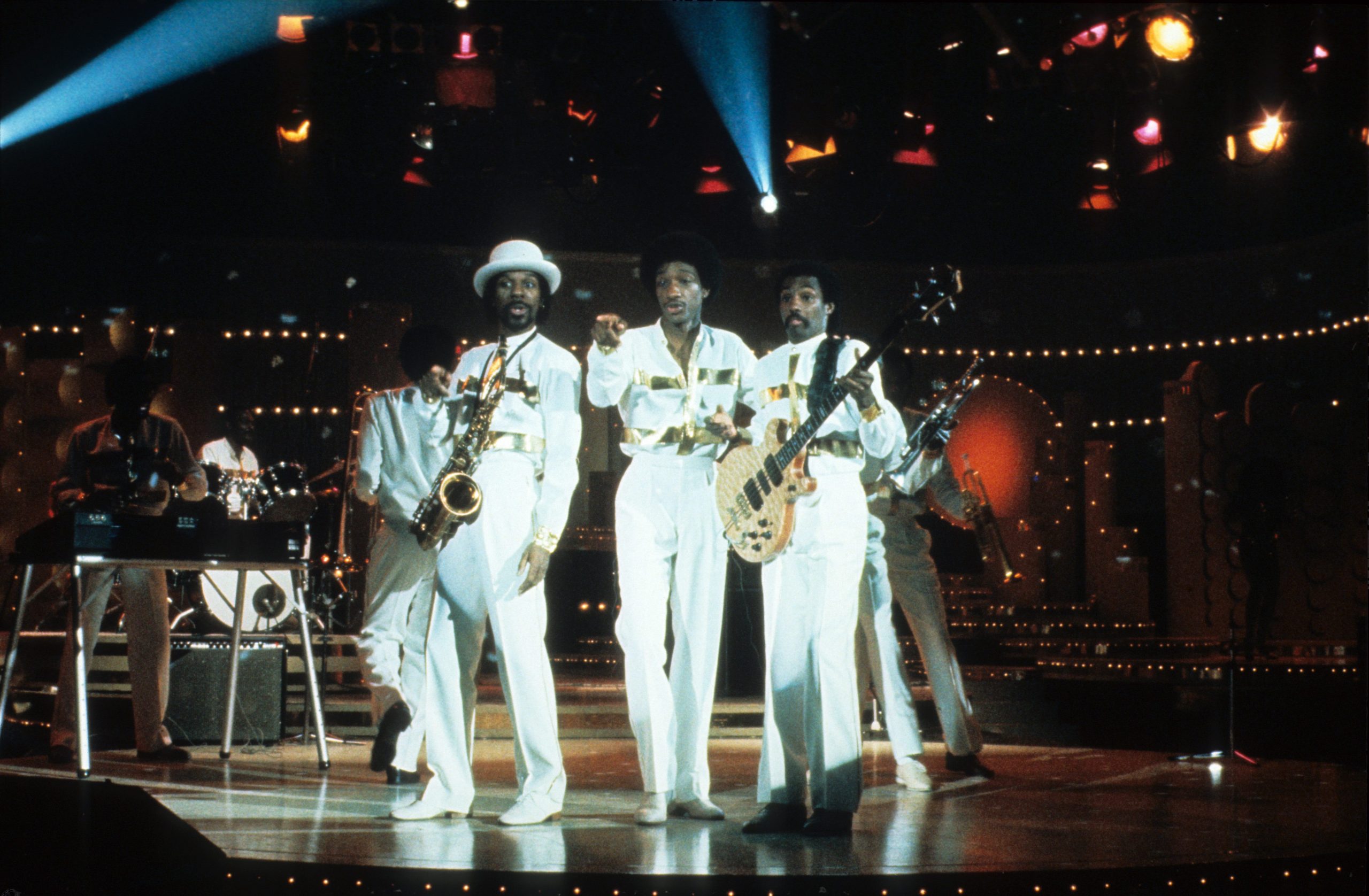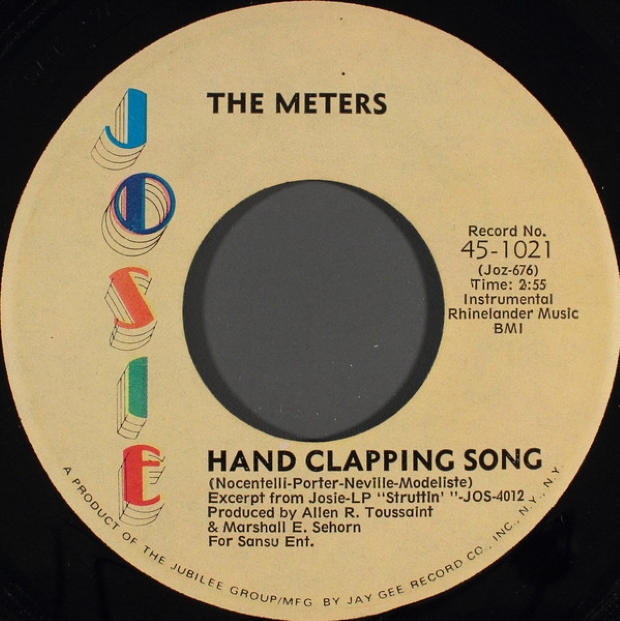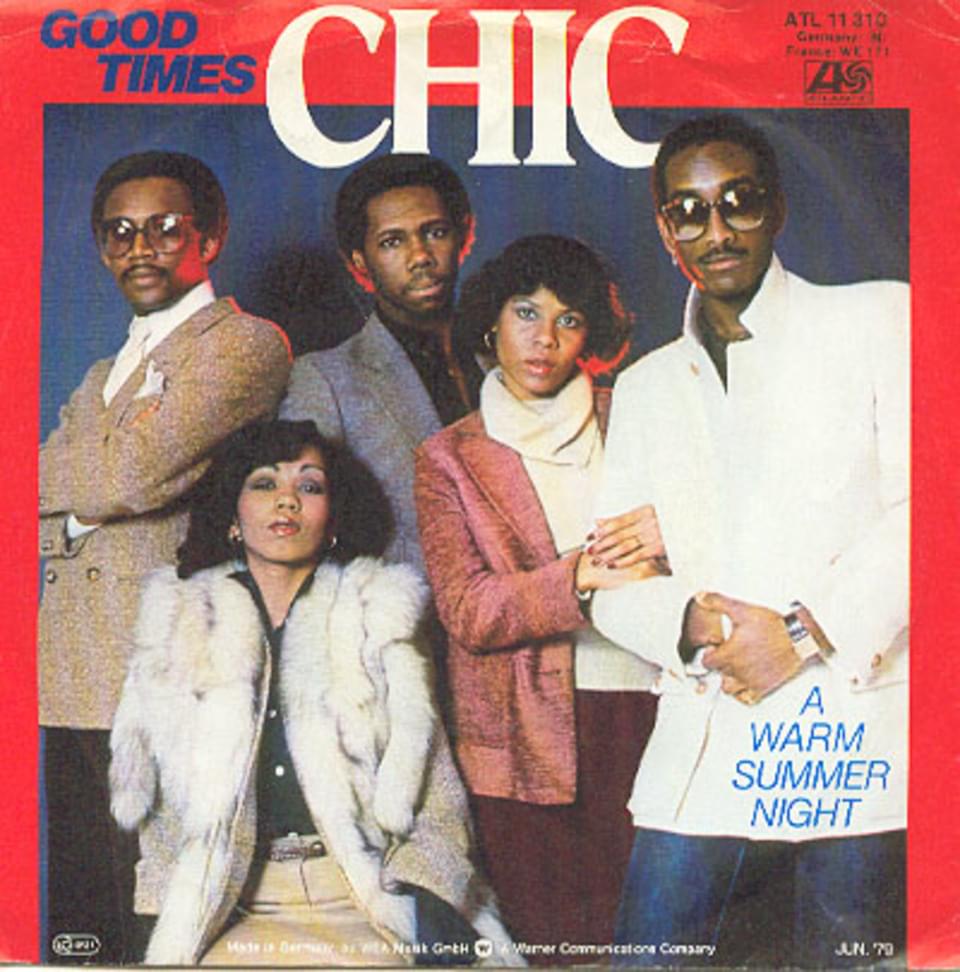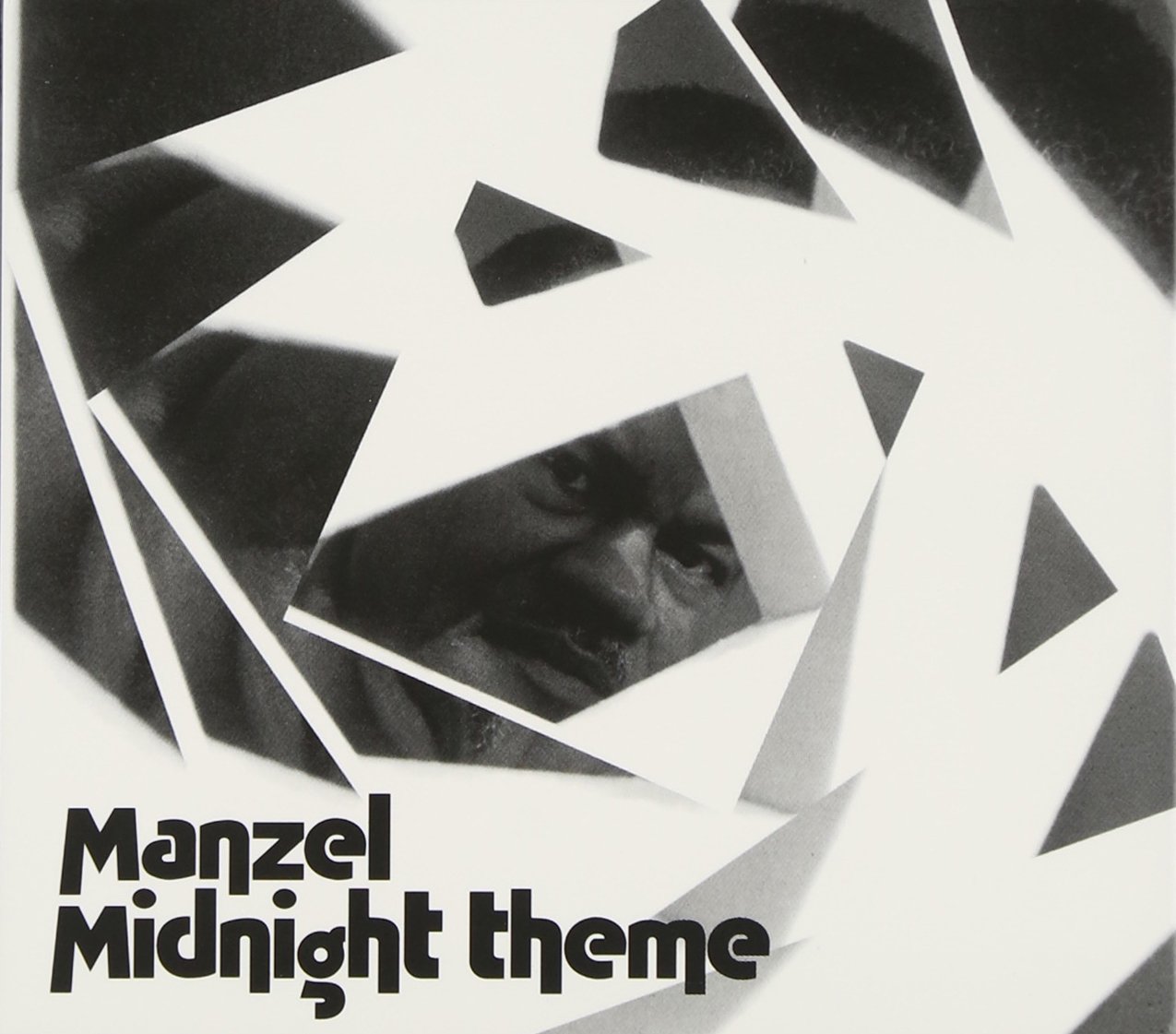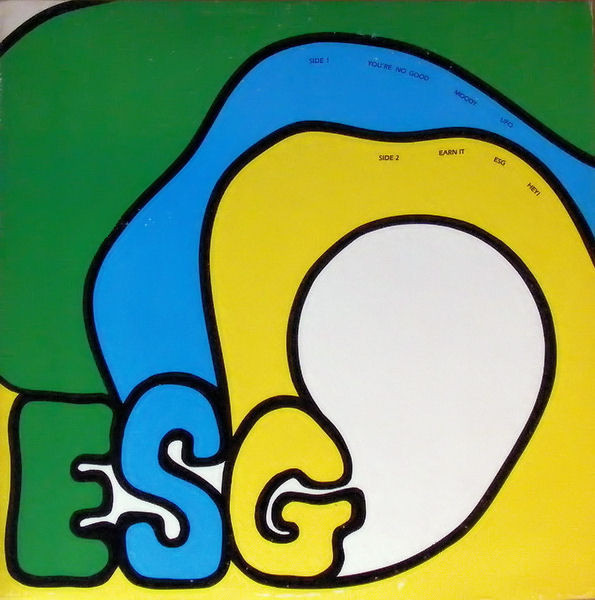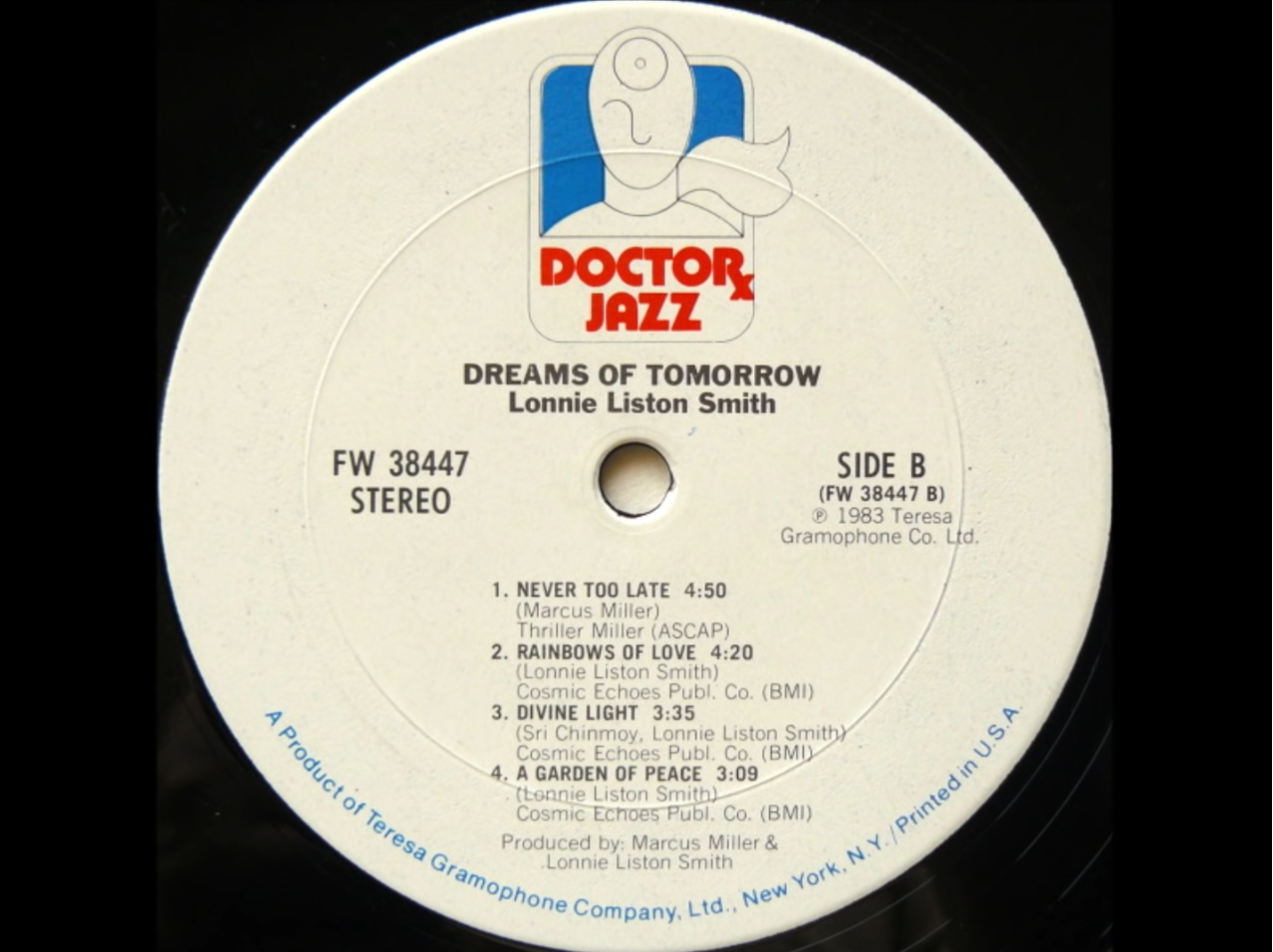Breaks With Tradition is a new Stereogum column that examines a certain song that’s been frequently sampled and how that song has been used through the years.
I know it probably doesn't feel like it where you are, but the calendar doesn't lie: It really is the last week of summer, and at some point soon, daylight's going to feel precious and scarce even if it's still shorts weather.
And if you're anything like me, this time of year feels like the ideal state of summer, when the heat's no longer oppressive and all the residual malaise of school-age end-of-summer-vacation anxiety has finally receded from your subconscious. There's not necessarily a go-to soundtrack for this particular moment -- yeah, I know the Doors gave it a shot -- but for times when the sun's going down earlier than you'd like, and daytime 70s recede to evening 50s, zoning out to a good song that sneaks some autumnal wistfulness underneath its effortlessly sunny summer vibe is a solid prescription.
And few songs really capture that feeling without words like "Summer Madness," the Kool & The Gang instrumental that's become one of their most well-loved signature songs. And I mean "well-loved" in both the "widely revered" and "often used" senses.
Between people who've played Grand Theft Auto: Vice City, saw You Got Served and Girls Trip and Rocky, and listened to just about any major hip-hop act over the last 30 years, it's safe to say that it's one of the most well-traveled R&B instrumentals ever recorded. It's an emotionally versatile song -- euphoric from one angle, mournful from another, contemplative and deeply alive all at once. And once producers figured out how best to use its evocative tones for their own purposes, whether they were barbecue-soundtracking celebrations or slow-driving late-night rumination sessions, every summer of the last 30 years has passed with a new way to experience it.
The Original: Kool & The Gang, "Summer Madness" (from Light Of Worlds, De-Lite, 1974). #35 Billboard Hot 100; #36 Hot Soul Singles.
Above everything else, "Summer Madness" is a song that, like the best Stevie Wonder and Westbound-era Ohio Players classics, proved in the early-mid '70s that synthesizers could be soulful. Khalis Bayyan's performance whirring out spaceship-takeoff noises on the ARP is what turns the most heads, especially since he lays out that solo in the song's second half that pulls off the rare feat of sounding delicate yet intense: the synth tone is this airy, chirping squeal that Bayyan turns from a breezy glide into this nimbly emphatic ascension worthy of their most cosmic ECM space-jazz contemporaries. That Bayyan isn't namechecked along with Stevie, Junie, Bernie, and any other number of synth-soul masters of the '70s just off this performance alone is a damn shame.
It'd also be a damn shame if I didn't mention every other element that makes "Summer Madness" so amazing, though -- after all, that solo's just the climactic run-up to the end of the song, and the musicians that get us there put in major work themselves. The ghostly Mellotron strings and gleaming Fender Rhodes underpin the groove well before the ARP comes in set the scene, but it's that interplay between Robert "Kool" Bell's dynamic, miles-deep, fret-clanging bassline and Claydes Charles Smith's jazz-schooled guitar that grab your attention and keep it. (The guitar in particular harmonizes incredibly with the Rhodes, to the point where the reverb on the former instrument sounds like an element of the latter.)
This is also one of those songs where the drums sneak up on you brilliantly: one of the reasons "Summer Madness" was so frequently sampled is because those Fender Rhodes chords were left to float untouched for the first few bars so producers could slot them into a bigger whole, but once George "Funky" Brown comes in around the 14-second mark he constructs this groove that builds to something so intense at the end it's almost possible to overlook how intricate it is when it's holding the rhythm together a bit more subtly in the first half during those stretches where it's just bass-drums-guitar. When artists like Donald Byrd and Roy Ayers held down soul-jazz from the second-half of that hyphenate, Kool & The Gang used their jazz-honed chops to make their R&B classics that much more attuned to the interplay of improvised music, and "Summer Madness" is their finest example of it.
The First Sample: Rodney O And Joe Cooley, "Give Me the Mic" (from Me And Joe, Egyptian Empire, 1988)
I find it kind of hard to believe that it took until 1988 for "Summer Madness" to be this prominently sampled, but it's a lot less hard to believe that the artists who did it were from Compton. Along with producer General Jeff, Rapper Rodney O and DJ Joe Cooley were just well-known enough to be up there with King Tee in the list of West Coast hip-hop acts a new listener might've wanted to check out after first discovering N.W.A. and Ice-T in '88 -- though they weren't entirely in the same league as those other artists on the mic. The beat is strong enough, though; it doesn't lean on the ARP like later g-funk cuts might have, but using that bass/guitar/rhodes portion to build up the melody is a good touch. It'd be an even better touch if it wasn't completely overwhelmed by the 808.
The Early Sample: Gang Starr, "DJ Premier In Deep Concentration" (from No More Mr. Nice Guy, Wild Pitch, 1989)
If I had to pick just one producer-slash-DJ in hip-hop history to perfectly embody both sides of the beatmaker equation -- the sample-user's ability to build new orchestrations from a collection of scattered musical components, and the turntablist's skill with cutting, scratching, and rewinding while still keeping the beat moving -- I'd have to go with DJ Premier. While the MC threatened to supplant the DJ as the main attraction in hip-hop from the very first rap record, Premier not only maintained the status as a feature attraction behind the decks, he did so while completely repurposing and juxtaposing the voices of MCs to talk with his hands. It'd be one thing to get his legendary Gang Starr partner Guru to shout "DJ Premier is in deep concentration" -- but why not cut together a clip of Rakim and EPMD saying it instead? That's one of the many impressive feats Primo pulls off in this early showcase from Gang Starr's debut No More Mr. Nice Guy, but as far as pure staggering musicality goes, hearing him call up the ARP from "Summer Madness" and chopping its whirring tone into flickering strobes is magnificent.
The Breakthrough Sample: DJ Jazzy Jeff & The Fresh Prince, "Summertime" (from Homebase, Jive, 1991)
Well, duh. It's the most obvious idea in the world -- make a track about summer and build the beat around "Summer Madness" -- but "obvious" and "great" aren't mutually exclusive, are they? Dropped as a single in May '91 when the first season of The Fresh Prince Of Bel-Air had just finished airing, "Summertime" is one of hip-hop's simple pleasures, and not really a guilty one, either, since Will Smith's actually a rappin'-ass-rapper on this one -- he sounds like he's studied his Rakim flows. And the lyrics are so evocative of everything worth looking forward to in summertime, from barbecues to car meets to romance, that it's the next best thing to a Seasonal Affective Disorder lamp. Trivia time: "Summertime" was co-written and produced by Hula & K. Fingers, both of whom had previously specialized in house music before they decided that, per the lyrics, they needed "a little somethin' to break the monotony/ Of all that hardcore dance that has gotten to be/ A little bit out of control, it's cool to dance/ But what about the groove that soothes, that moves romance." A couple years later, Hula and his new musical partner Keith "Malik" Mayberry finally split the difference between the two. (You might want to have your headphones in if you're playing this at work.)
The Weirdo Sample: Squarepusher, "Male Pill Part 13" (from Hard Normal Daddy, Warp, 1997)
Someday Tom Jenkinson's cult is going to have its moment -- let's hope, at least. Squarepusher's records haven't been quite as revered decades after the fact or breathlessly adored upon release as his iconic labelmate Aphex Twin, which is a damn shame. It could be that Jenkinson's sense of prog/fusion jazz-influenced virtuosity, where his fleet-fingered tendencies on the electric bass inform his manic sense of rhythm as deeply as the hardcore percussive breaks of his IDM/jungle forebearers, might turn off folks shook by anything that might be called "noodling." Their loss; his full-length Warp debut Hard Normal Daddy is a masterpiece of what would be evocatively referred to as "drill'n'bass" and his efforts to reinvent himself since have been a hell of a kick to follow. For music this fast-forward manic and dense with glitchy, pachinko-machine beats, it helps to have something familiar to grab on to just to get a sense of how wildly he's messing with the DNA of it all, which is why "Male Pill Part 13" is a good foot in the door: in its buildup, it pits some of the most frantic rhythms thinkable with melodic flourishes that mutate from ambient synth washes to hopped-up jazz chords, then settles (if you can call anything this ramped-up "settling") into a passage that slickly reconciles the two into a groove you can actually follow -- at which point, a bit before the six-minute mark, he drops in those ascending ARP washes for the first of a couple times and finally shows his hand. Oh, right, this is the unlikely bridge between Jaco Pastorius and Thundercat. Nice.
The Recent Sample: Le$, "Top Down" (YouTube upload, 2016; later appeared on Midnight Club, SxS, 2017)
All the entry-level biographical/scene-based info you would ever want on Houston rapper Le$ can be found at Passion of the Weiss, including some heady philosophizing about the region's hip-hop being a blend of the earthbound and the transcendent -- "Skylarks indistinct from Skylabs," as Pete Tosiello put it. That perspective makes the Southern g-funk of "Top Down" and its usage of "Summer Madness" so vivid: the Kool & The Gang original had its toes in the high-noon sand and its head in the night-time stars, so it doesn't need much messing with to keep that same feeling going through a top-down Texas g-funk banger. Producer DJ Mr. Rogers mixes it up well with some flanger effects that smear the color palette across the sky, drops a drum machine beat that doubles up the gliding pace of the guitar riff, and spaces out those ascending ARP notes a bit further apart during Le$'s verses to draw out the anticipation in the familiarity. RIYL Curren$y, Forza Horizon, and the idea of a 7:30PM sunset lasting all day.
